Descriptions

Summary
- Anime dubs have improved considerably over time, with modern voice acting and translations reflecting the original Japanese performances.
- Anime dubs offer accessibility and convenience, allowing viewers to focus on the animation while enjoying series in their native language.
- The improvement of dubs over the years means anime fans should be able to have civilized discussions over which version did what lines better and why.
Whenever an anime dub comes out for a series, someone must ask how well it was done compared to the original. Unfortunately, many people who do this are quick to call the dub inferior without offering a concrete reason. This leads to a heated debate over which is better and why. Unfortunately, they often devolve into arguments and hurling insults without presenting new points to progress the conversation. The dub lovers are called fools for loving an inferior product, and the sub-lovers are called elitists who believe the only way to watch anime is in its original Japanese.
There was a time when the sub watchers had a point, but times have changed. Dubbing was once underdeveloped and worthy of heckling. However, dubbing has developed considerably in recent years; it's practically become an art form. Many dubs now live up to the quality of their respective anime. Marking dubs as inferior despite these changes would be a flawed approach. Now is the time to more closely observe anime subs and dubs, take note of their subtleties, and use those to determine which version did what lines better. There are reasons to like an anime subbed or dubbed.
There Are Reasons to Watch Anime Subbed
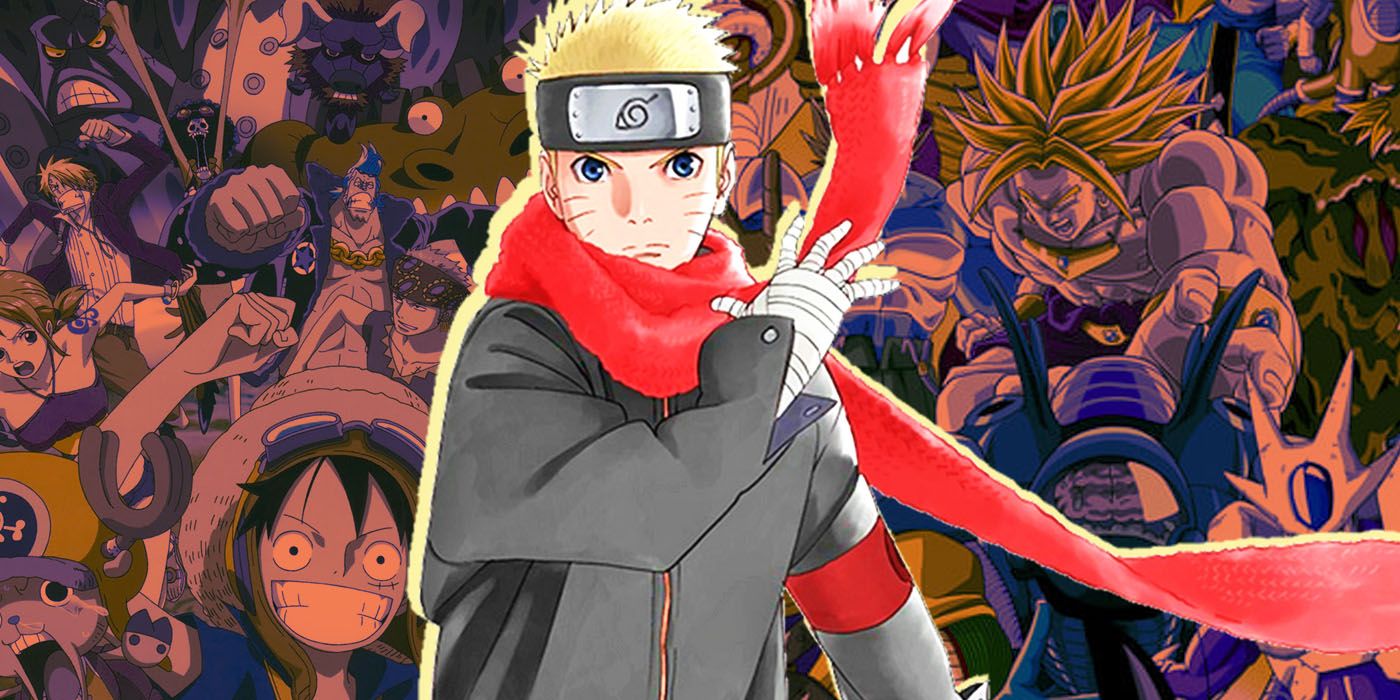
Why Are Most Anime Movies Non-Canon?
Many anime movies branch off from their original series' stories, but they still have reasons to exist.Sub-supporters will often cite the quality of Japanese voice actors as the main pro of watching an anime in Japanese. Voice acting is treated much more seriously in Japan, so many actors put their all into their performances. In foreign dubs, the priority is reading the lines in the native language. This can lead to dubs where the performance or voices won't match the characters, let alone the original voice actors; this was especially true with older dubs, though the art has improved recently. To sub-watchers, the dub cast may come off as needing more talent or passion.
Watching an anime in Japanese can also have Japanese-exclusive meaning. The Japanese have countless words, idioms, accents, and puns that only exist in their native language. Other countries trying to translate scripts with such exclusivities must either leave it as is, find a localized alternative, or omit it. The translator either fails to sound native or loses too much of the original meaning. This is on top of other subtleties in the dialogue lost because the translators missed them.
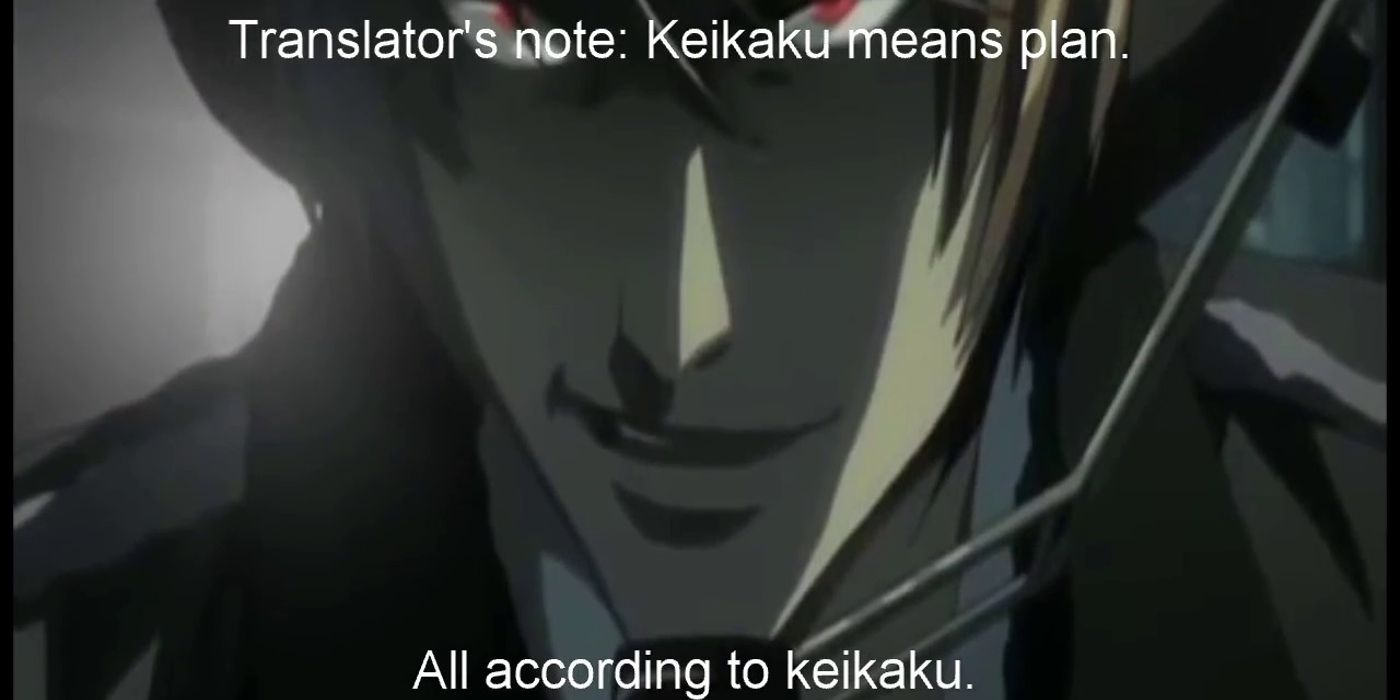
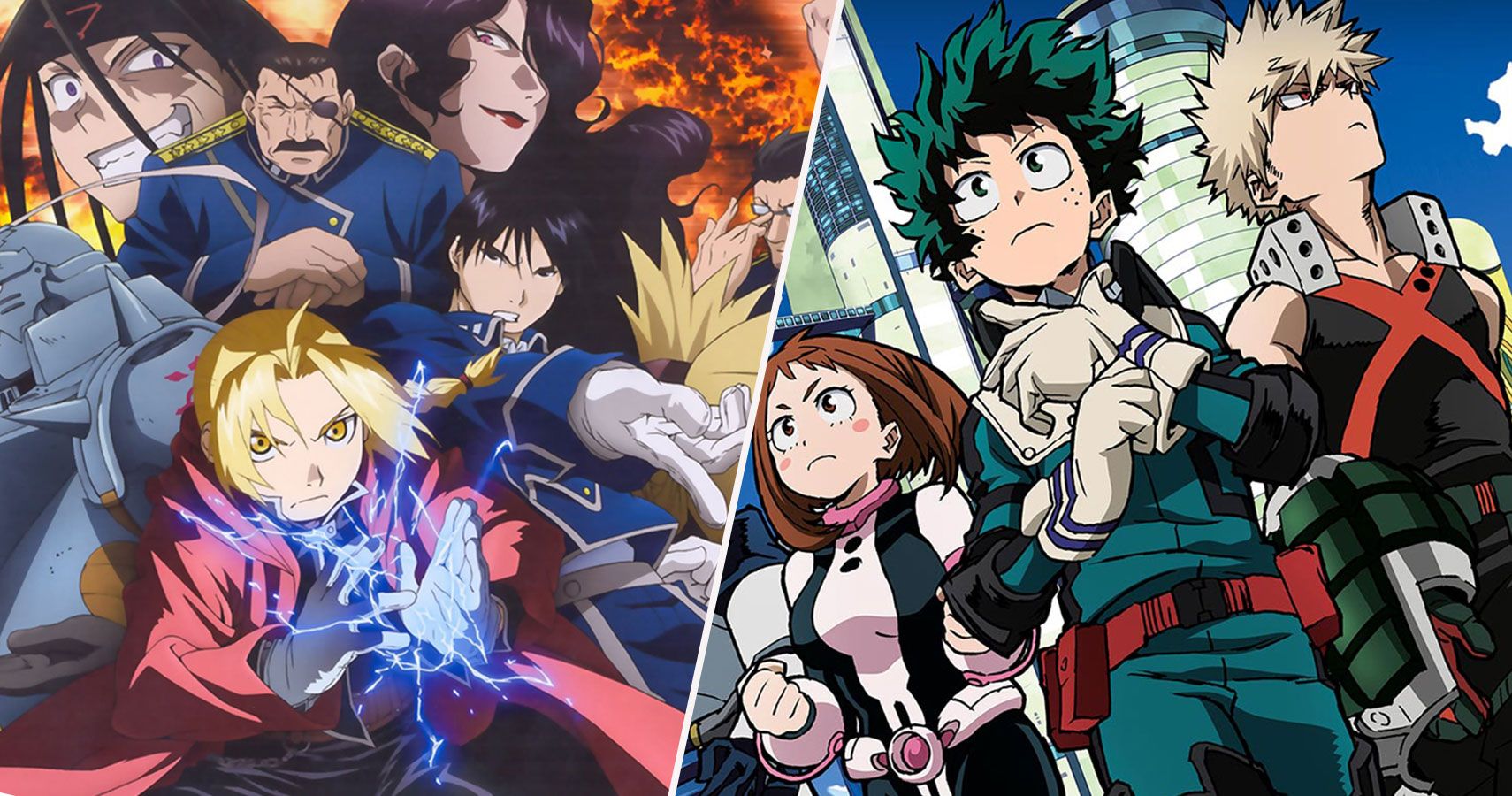
13 Anime That Are Better Dubbed (And 13 Better Subbed)
With sub and dub anime available, it's hard for fans not to take sides. Still, with anime like My Hero Academia and Naruto, there is a clear winner.More gets lost in translation besides words. Several cultural references are removed from foreign scripts because localizers doubt they would be understood. One of the most infamous examples is when the Pokémon anime referred to rice balls as jelly-filled donuts (among many other changes). Some anime are so packed with Japanese cultural references that viewers would be better off watching in the original language. For example, Gintama is filled with Japanese folk tales, brands, and other pop culture references that can only be understood by those living in the country; attempts to dub this series have involved replacing the Japanese references with local ones, but they were hardly as successful as the original series. Additionally, localizations will likely censor an anime to conform to local standards and practices. Omissions like these make it better for hardcore fans to watch their favorite anime in its pure, uncensored form and enjoy it as intended.
Subbed anime are also better for anyone hoping to catch their favorite series as early as possible. This minimizes the risk of getting spoiled for anyone waiting for future installments to air in their home country. However, if avoiding spoilers means that much, it would be best to get caught up on the manga or light novel that inspired the anime-- whether someone watches One Piece dubbed or subbed, most anime only watchers will likely switch to the manga before the Straw Hat Pirates find the eponymous treasure, lest they get spoiled by the internet over a year in advance. Making this a factor in choosing between subs and dubs depends on the anime. If this is a factor, subs will almost always come out first.
There Are Reasons to Watch Anime Dubs
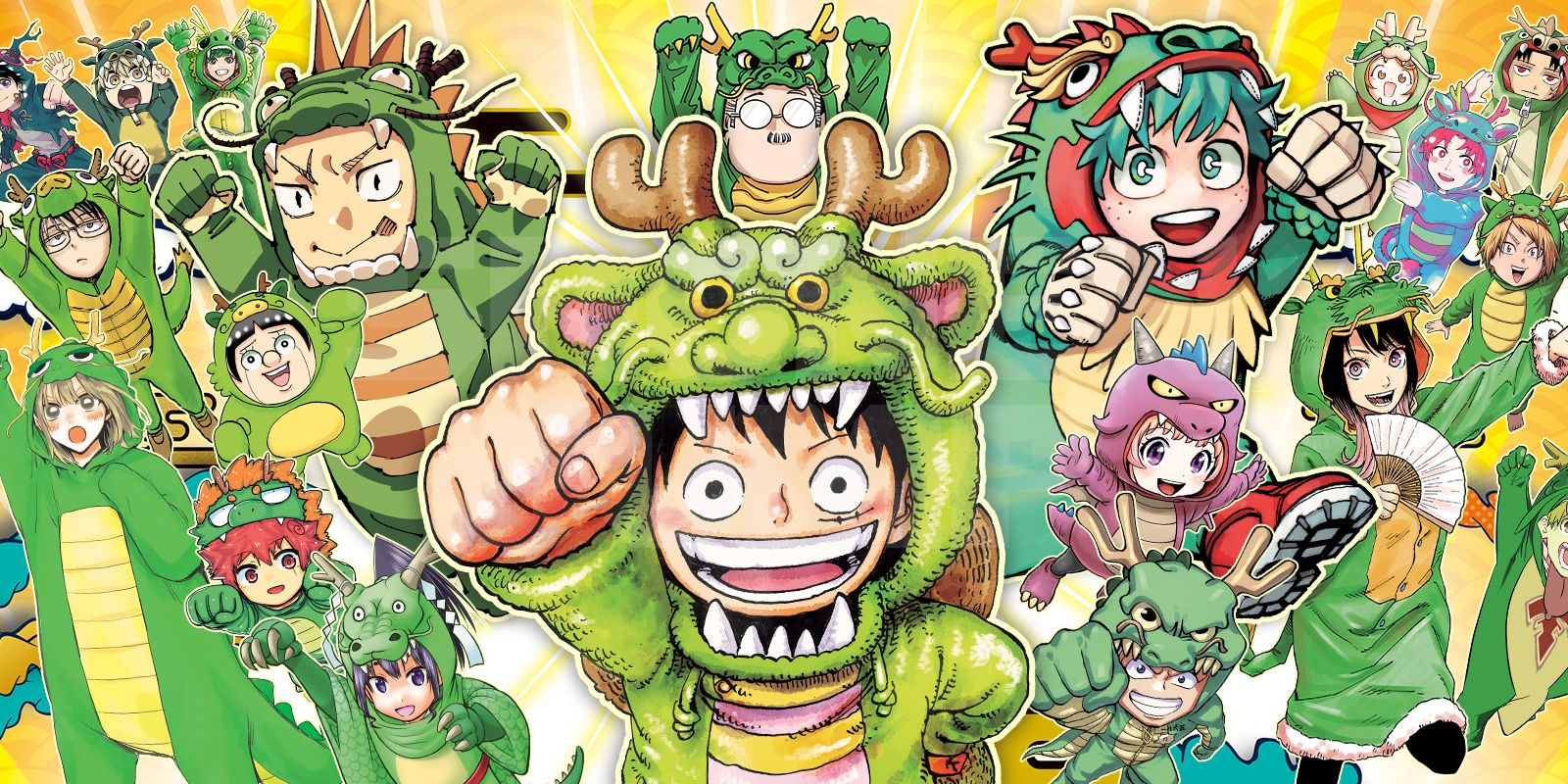
How Dragons Are Depicted In Anime
The Year of the Dragon is only one of many ways the mythical creature has appeared throughout anime and manga. It takes many forms and roles.Mainstream audiences prefer anime dubs for their accessibility and convenience. Many people dislike looking away from the ongoing action of an anime to read the translated text at the bottom of the screen. These people would rather listen to the show in English to have more time to look at and appreciate the art and animation. Additionally, many prefer listening to series in their native language; authenticity is nice, but these people would prefer familiarity as it keeps them from feeling alienated from the material. This makes dubs helpful for anime fans looking to get non-anime fans interested in the medium (or at least in a specific series).
Many dub fans have also picked up a nostalgic bias. It was a regular occurrence among those growing up in the 1990s and 2000s, watching dubs on TV through various blocks devoted to anime, like Toonami and Adult Swim. This generation grew up on anime like Cowboy Bebop, FLCL, Trigun, Fullmetal Alchemist, Rurounin Kenshin, and Berserk as they aired on Cartoon Network's late-night block. Younger viewers were exposed to anime in places like the CW 4Kids, Fox Kids, Jetix, and the Toonami afternoon block; they were introduced to dubs like Pokémon, Yu-Gi-Oh, Digimon, G Gundam, Dragon Ball, Sailor Moon, and many more. Many older viewers watched these blocks, too. Even if some of these dubs are slightly corny in hindsight, plenty of them have moments that hold up years later and are worth watching beyond their nostalgic value and unintentionally funny corniness. Many of these series are even preferable in English, especially FLCL.
Those familiar with English dubs also know the people who voice them. When one hears a beloved character voiced by a dub actor, that actor becomes a part of the character's identity and endears the viewer to them. From then on, hearing that voice actor in other roles becomes a welcome surprise. It also creates an amusing moment for the viewer, who gets to associate whichever characters the actor voices with each other regardless of their differences. Sub watchers have similar experiences with Japanese voice actors, so this should be a place for the two sides of the argument to see eye-to-eye. Most of what people can say about voice actors in one language can be said about the other language.
How Anime Dubbing Has Changed Over the Years
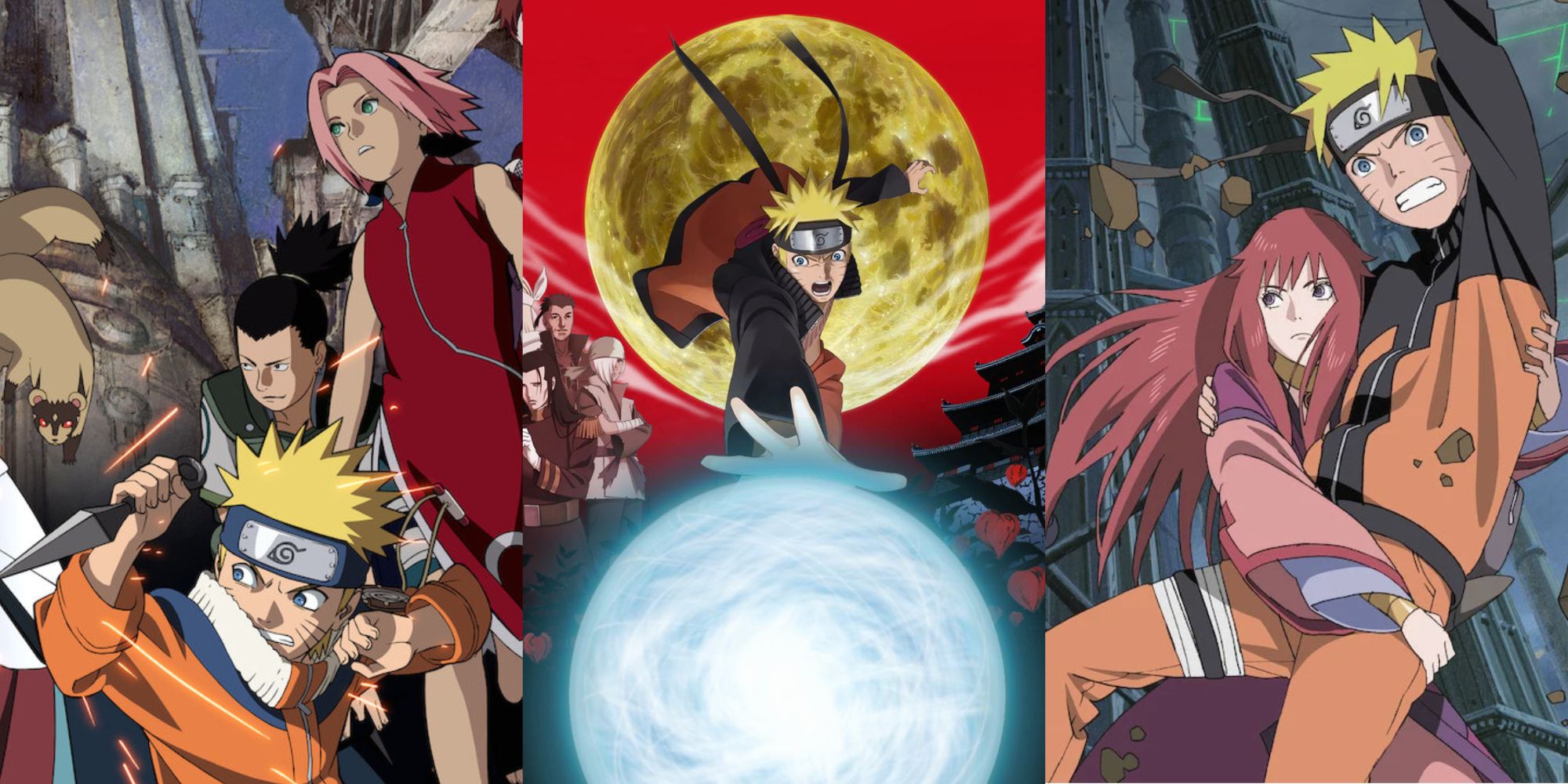
Which Naruto Movies Are Actually Canon?
While many Naruto movies are traditional filler stories, some have canon material and other valuable content that makes them worth watching.Dubbing as a craft deserves recognition for how far it has come. There was a time when heckling dubs was much more reasonable. This was when the profession was still young. Back then, the only focus was translating a work well enough for an English-speaking audience to understand it. Faithful performances or scripts were an afterthought. These dubs had an undeniable, inherent lack of effort or quality, so it was okay to poke fun and laugh at them.
This old-fashioned approach to anime dubbing came from how other foreign properties were dubbed. For example, many foreign films were inherently awful. It made sense for those dubbing these films to put as little effort into localizing them as the original creators put into producing them. These were the kinds of foreign dubs worth jeering at; many Mystery Science Theater 3000 episodes were developed on this premise. America became accustomed to producing mediocre dubs and letting consumers mock them.
The lackadaisical mindset toward dubbing changed when anime made waves internationally. Japan produced genuinely good material worth dubbing with quality and effort. However, since American dubs were naturally lacking for so long, it took a while for their quality standard to meet that of the material they were localizing. In the earliest days of dubbing anime, this resulted in series (like Speed Racer) where the only concern was matching the lip flaps. This is to say nothing of all the censorship involved in the localization process. These dubs were so infamously bad that they would be mocked and perceived as the norm for anime by mainstream audiences for decades. Of course, that's only what some of the oldest anime were like.
A more accurate representation of older dubs can be found for anime created between the 70s and 90s. These dubs had room for improvement, but those producing them at least tried to put out decent translations and performances rather than serviceable ones. The art of dubbing was refined over time until it became what it was by the 2000s, where the performances and translations are expected to measure up to the anime they're associated with. Some of the more popular anime from the early days of dubbing, like Sailor Moon and Saint Seiya, were lucky enough to be redubbed in this modern era, where those in the business finally have a reason to respect the craft (and the source material) for what it's supposed to be.
The Current State of Anime Dubs
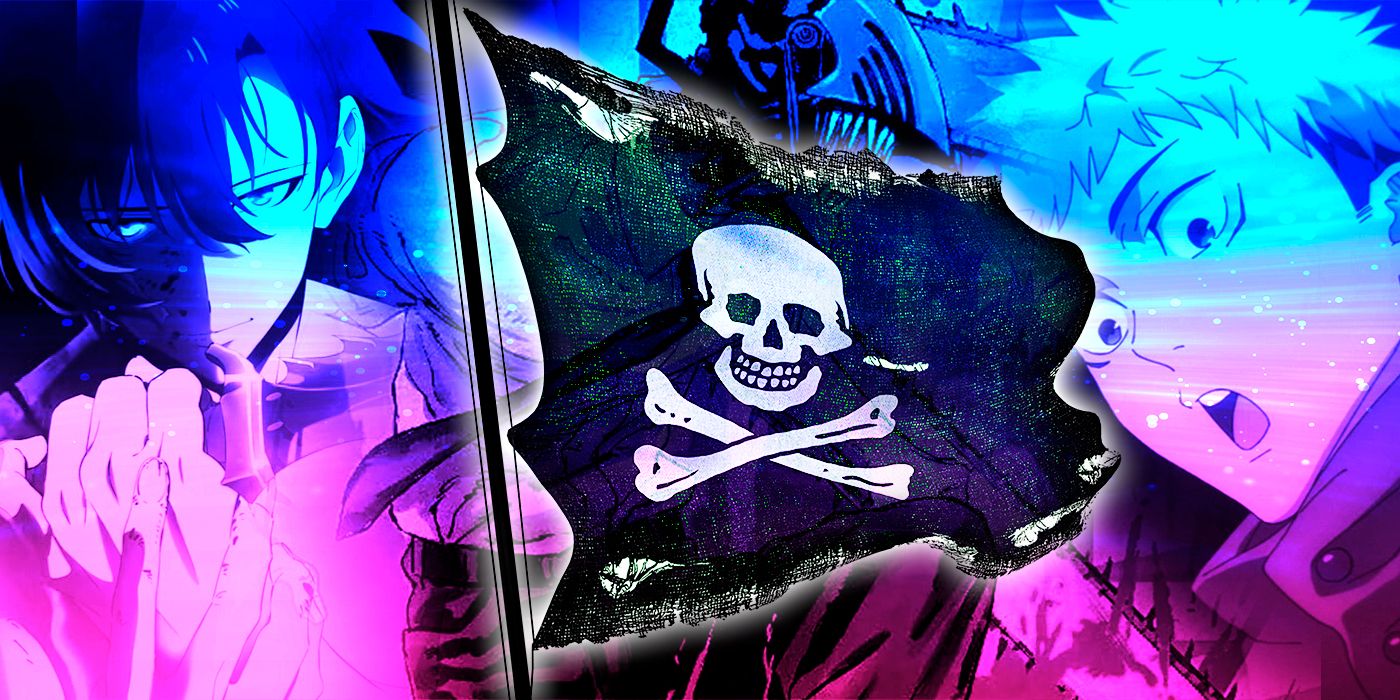
Two of the World's Biggest Manga Piracy Sites Taken Offline
Two of the world's biggest manga piracy sites have inexplicably gone offline as more hits to illegal websites send the industry reeling.Modern dubbing has evolved to represent the material better. This is most observable in how the characters are acted. The actors give wholehearted performances that reflect how the characters were portrayed by their original voice actors. This also shows the improved quality of the voice directors, who must ensure the actors provide lines that fit the characters speaking them; it's easy to slip up and let the actors deliver lines that, while good, belong in another scene. However, this change in inflection and delivery sometimes works to the dub's advantage. It can emphasize another side of the character and add depth to the scene. Whether the characters must sound emotional, passionate, casual, or humorous, modern dubs try to make the voices work with the scene as well as possible.
Translations have trended upward, though they exist on a spectrum. Most translators try to get as much of the meaning from the original dialogue as they can. Japanese-exclusive words must still be maintained, replaced, or omitted; that will always be the case. However, translators have improved judgment calls on how to handle this part of the localization process. Whether it turns out well depends on the discretion of the audience.
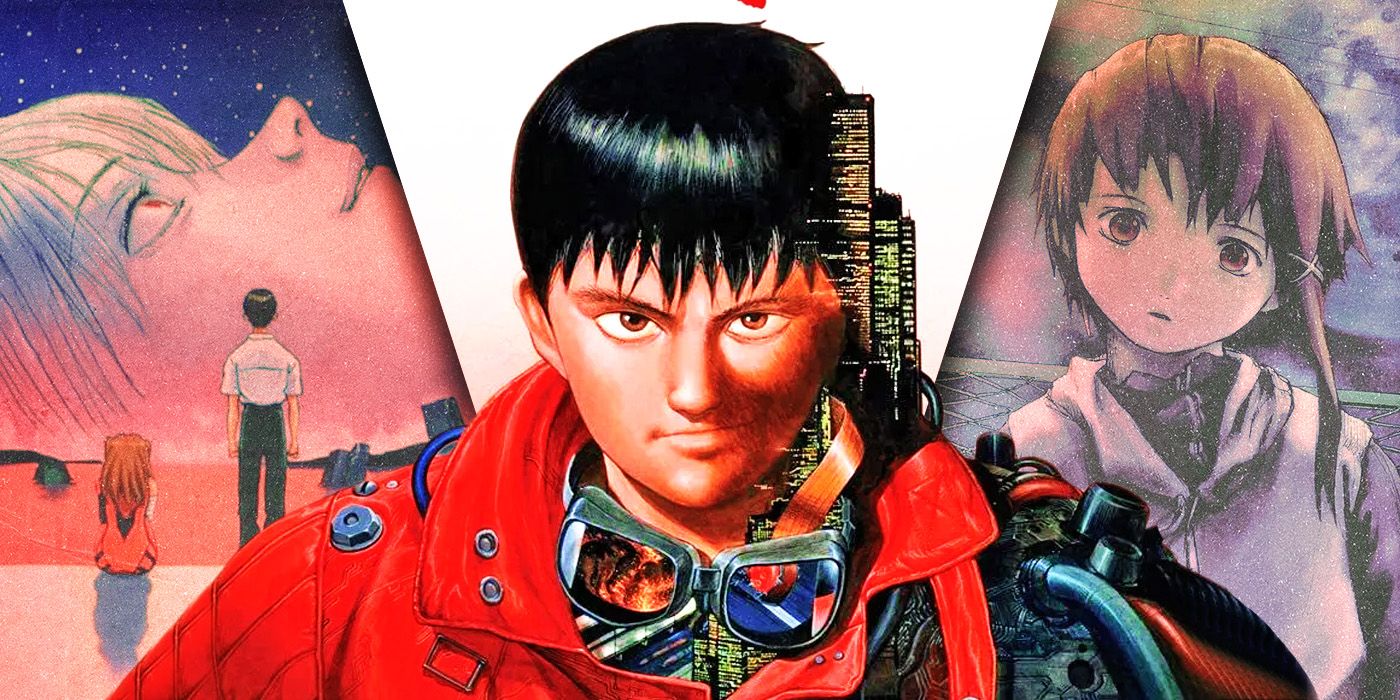
10 Strangest Easter Eggs Found On Anime DVDs
Anime DVDs often feature Easter Eggs, but some of them are really odd.Something must be said about the art of localization. Much of the original meaning of the story is indeed lost through this process. However, a good localizer can make up for those losses with equally enjoyable additions to the material, things that weren't in the original dub but make the series better for them. Pokémon is a prime example of an anime that benefitted from localization. The original 4Kids dub of this anime may have Americanized this series more than necessary. However, they made up for it with clever writing that enhanced the work and ultimately made it more popular. When The Pokemon Company International took charge of the dub and made it more faithful to the orginal dialogue, there was an immediately noticeable shift in the writing style that made the series less entertaining for many. Like voice acting, it's more than making the Japanese understandable to a foreign audience. There's a degree of craftsmanship behind it, and those who can do it well deserve credit.
There are also dubs worth watching for how much they play with the material, making it more amusing than in its native language. Such anime include Ghost Stories, Panty & Stocking with Garterbelt, Bobobo-bo Bo-bobo, and Lupin the 3rd Part III (a franchise that ended up in a similar situation to Pokemon, though they've at least hung on to most of the original cast over the years). The writers and the audience know these dubs are inaccurate, but they're enjoyable for the spice they add to the recipe.
Which Is the Best Example of an Anime Dub?
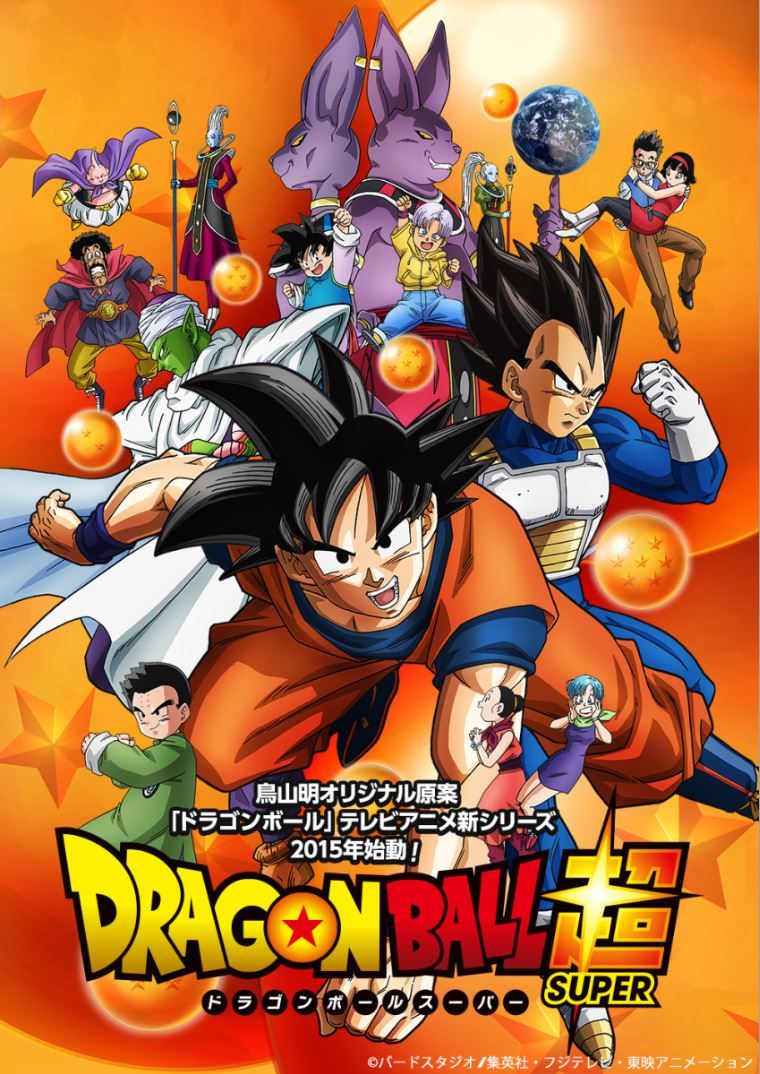
Dragon Ball
Dragon Ball tells the tale of a young warrior by the name of Son Goku, a young peculiar boy with a tail who embarks on a quest to become stronger and learns of the Dragon Balls, when, once all 7 are gathered, grant any wish of choice.
- Created by
- Akira Toriyama
- First Film
- Dragon Ball: Curse of the Blood Rubies
- Latest Film
- Dragon Ball Super: Super Hero
- First TV Show
- Dragon Ball
- Upcoming TV Shows
- Dragon Ball DAIMA
- First Episode Air Date
- April 26, 1989
- Cast
- Sean Schemmel , Laura Bailey , Brian Drummond , Christopher Sabat , Scott McNeil
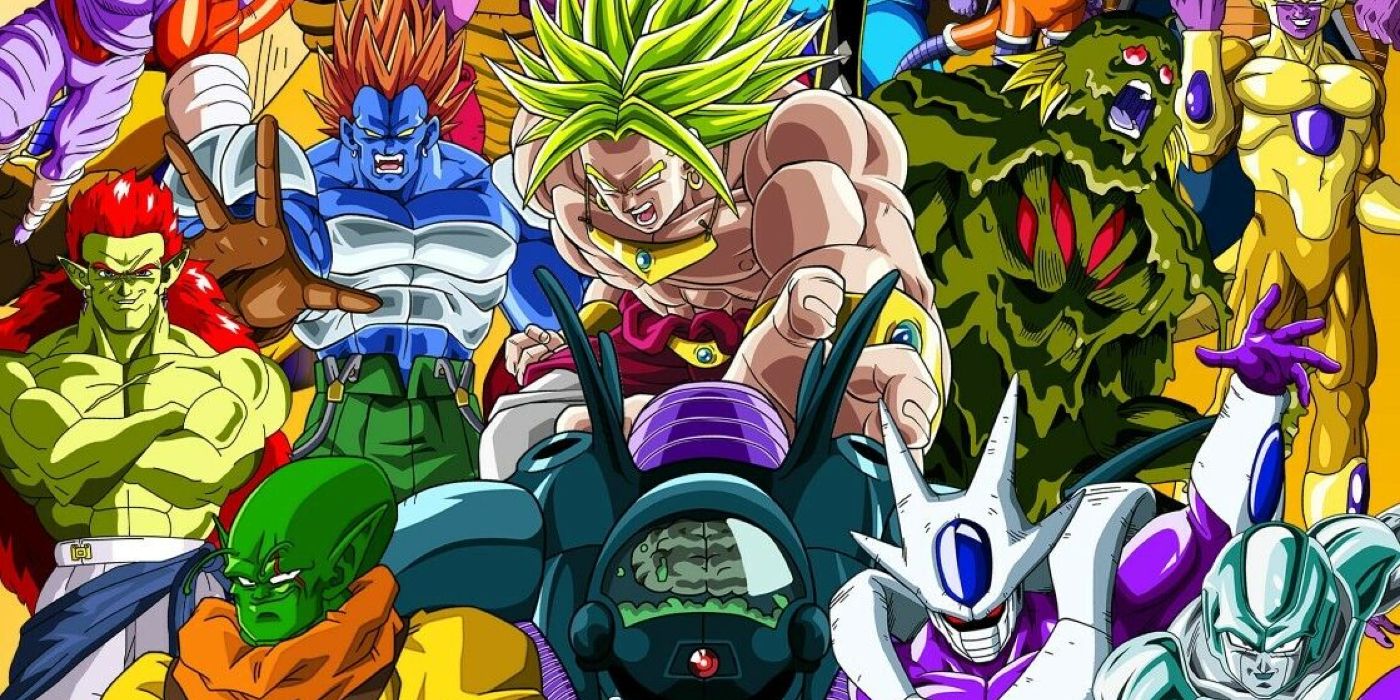
Where Does Each Dragon Ball Z Movie Take Place in the Series’ Timeline?
The Dragon Ball Z movies may be non-canon and full of paradoxes, but there are ways to figure out where they would fit on the canon timeline.The Dragon Ball dub started by Funimation almost exists in a separate plane. The dub sets the gold standard for the industry. Its cast has had such a prolific array of anime episodes (between dubbing Dragon Ball Z, the original series, Dragon Ball GT, Dragon Ball Z Kai, and Dragon Ball Super), video games, and other material to work on that they've become intimately familiar with their characters and how best to perform them. The modern dub even throws in lines of dialog they know will resonate with Dragon Ball's long-standing and loyal fanbase-- Goku singing "Cha-La Head-Cha-La" or adding the "Son" to the front of his name, Vegeta saying "It's over 9000" as Brian Drummond did in the Ocean dub. It must be stressed that the dub cast had humble beginnings. Their early days were filled with mismatched tones, clunky dialogue, and hammed-up performances that sub-watchers learned to hate in other series. The cast only became as good as they were with the characters after years and, eventually, decades of playing them.
The Dragon Ball dub's translations are also worth admiring. Some comedic liberty is taken with the script, but that's okay in a humor-oriented show like Dragon Ball (and further emphasizes how familiar the crew is with the characters). This dub has also found an acceptable balance between localizing Japanese terms (especially attack names) and leaving them as is. These people might understand Dragon Ball better than any other English cast will ever come to understand the anime they're working on; only a handful of dub actors have spent anywhere near as much time getting to know any of their characters or the stories they're a part of. Because of this, the Dragon Ball dub can offer dialog and performances greater than or equal to the original Japanese dub. It's one of the only anime where the debate is less about whether the subs or dubs are better and more about which English dub did the lines better.
Of course, Dragon Ball is far from the only good dub. With how far dubs have come, it's now possible to have a genuine debate (not an argument) over who did which lines better and why. One can formulate as many reasons to watch an anime dubbed as subbed. The craft of voicing anime as a whole is one everyone can enjoy. If anything, the existence of one's favorite anime in a second language is an excuse to watch it all over again.
Add a review